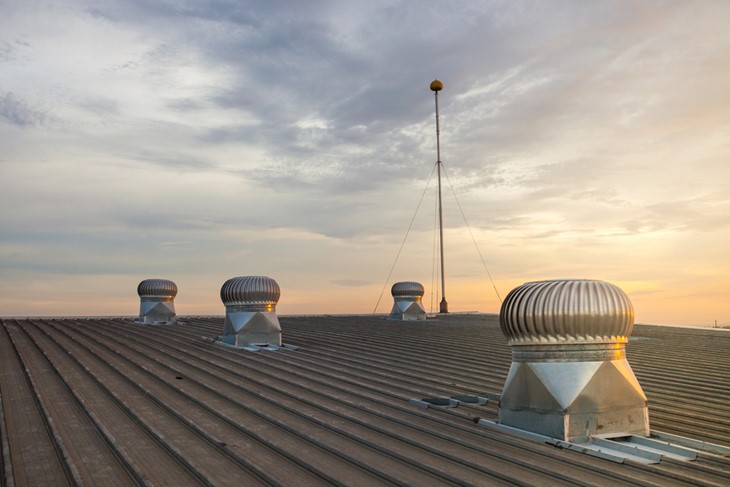4 things to know about working in lightning protection

Unfortunately climate change means cases of ‘extreme weather’ are now more frequent, and it’s thought that the number of lightning strikes will also increase over the next few decades.
Lightning protection is already a big industry in America, with systems used on thousands of buildings, homes, factories and towers across the country (even on the NASA Space Shuttle launch pad) to cope with frequent lightning strikes.
This sector is now picking up in the UK, as increasingly businesses start to add protecting their properties and infrastructure from lightning strikes to their list of safety systems. If you’re interested in working in this sector, here’s what you need to know.
1 Lightning strikes can be catastrophic
Direct lightning strikes don’t just have the potential to affect a building structurally, but they can do serious damage to the increasingly sophisticated electronic systems, telecoms and IT businesses rely on – causing disruption and financial loss. Most tragically of course, they can injure or even kill people within the building.
That’s why increasingly, businesses are starting to view protecting property, human life and infrastructure from lightning strikes as important as other safety systems like fire alarms and smoke detectors.
2 It’s not just about lightning rods
The aim of a lightning protection system is to give the energy from a lightning flash a safe path to the ground rather than through a building. The best known part of this is a lightning rod, or lightning conductor - a metal rod mounted on the highest part of a building’s roof, topped with a tall, pointed needle or smooth, polished sphere.
But a complete lightning protection system also includes down conductors, grounding systems and surge protection to protect electrical and electronic equipment against voltage surges. Lightning protection systems are designed and installed to the latest British standard, BS EN 62305.
3 You needn’t have a relevant NVQ to work in this sector
At RHL, we’re currently helping leading lightning protection companies find more good candidates to work in this field.
Our clients design, install, maintain and test regulations-compliant lightning protection systems on thousands of commercial buildings and structures around the country and have vacancies to fill including technicians to install systems, engineers to carry out remedial work and specialists to test and maintain new or old installations. The work is usually outdoors, in all weathers, and involves working at heights to strict safety standards.
Having a relevant NVQ in lightning protection will be useful, but often solid experience in lightning protection will be enough. Many companies will help you get NVQ training, and you’ll also get on-the-job development to keep your skills and knowedge up to date.
4 There are multiple career pathways
Once you have experience and training in ‘general’ lightning protection systems there are specialist career pathways you can explore, such as for clients in rail, power, telecommunications and in the water industries.
High-risk buildings, like those used to manufacture and store flammable liquids/gases and explosives, also need carefully designed and maintained systems to protect them from the effects of lightning.
Plus, with more and more smart homes being built, demand for lightning expertise will increase further.
If you’re interested in working in this growing sector, do get in touch to find out about some of our latest opportunities.
